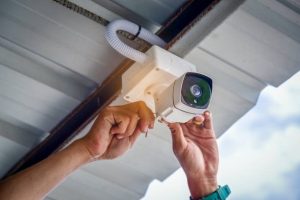
Maintaining continuous compliance in various industries requires a proactive approach that ensures adherence to regulations without interruption. One effective method to achieve this is through the application of UCR adjustment techniques. UCR, or Usual, Customary, and Reasonable adjustments, play a critical role in aligning operational practices with regulatory standards while managing costs and maintaining service quality. By implementing these techniques thoughtfully, organizations can create a dynamic compliance framework that adapts to evolving requirements.
UCR adjustment techniques involve analyzing the standard charges or practices within a particular sector and modifying them based on prevailing norms and reasonable expectations. This process helps organizations avoid overcharging or undercharging clients while ensuring that their procedures remain within legal boundaries. Continuous monitoring of these adjustments allows businesses to respond promptly to changes in regulations or market conditions, thereby reducing the risk of non-compliance penalties.
One key aspect of maintaining continuous compliance through UCR adjustments is establishing clear benchmarks derived from industry data and historical trends. These benchmarks serve as reference points for evaluating current practices against accepted standards. Organizations must gather accurate data regularly to refine their understanding of what constitutes usual, customary, and reasonable parameters in their specific context. This ongoing assessment enables timely recalibration when discrepancies arise between existing operations and updated regulatory expectations.
Another important factor involves integrating technology solutions that facilitate real-time tracking and analysis of compliance metrics related to UCR standards. Automated systems can flag deviations promptly, enabling corrective actions before issues escalate into violations or disputes. Such technological integration supports transparency by providing audit trails that demonstrate adherence efforts during inspections or reviews conducted by regulatory bodies.
Training personnel read on the principles behind UCR adjustment methods further strengthens an organization’s capacity for sustained compliance management. Employees equipped with knowledge about how these adjustments impact billing practices, service delivery, or reporting are better positioned to identify potential risks early on and implement necessary modifications effectively.
Additionally, collaboration with external experts such as legal advisors or industry consultants enhances the robustness of compliance strategies involving UCR adjustments. These specialists offer insights into complex regulatory landscapes that may affect customary pricing models or procedural norms across different jurisdictions.
Ultimately, maintaining continuous compliance through UCR adjustment techniques demands consistent vigilance combined with adaptable processes tailored to shifting environments. Organizations committed to this approach benefit from minimized exposure to legal challenges while fostering trust among stakeholders who value ethical conduct aligned with recognized standards throughout operational activities.






